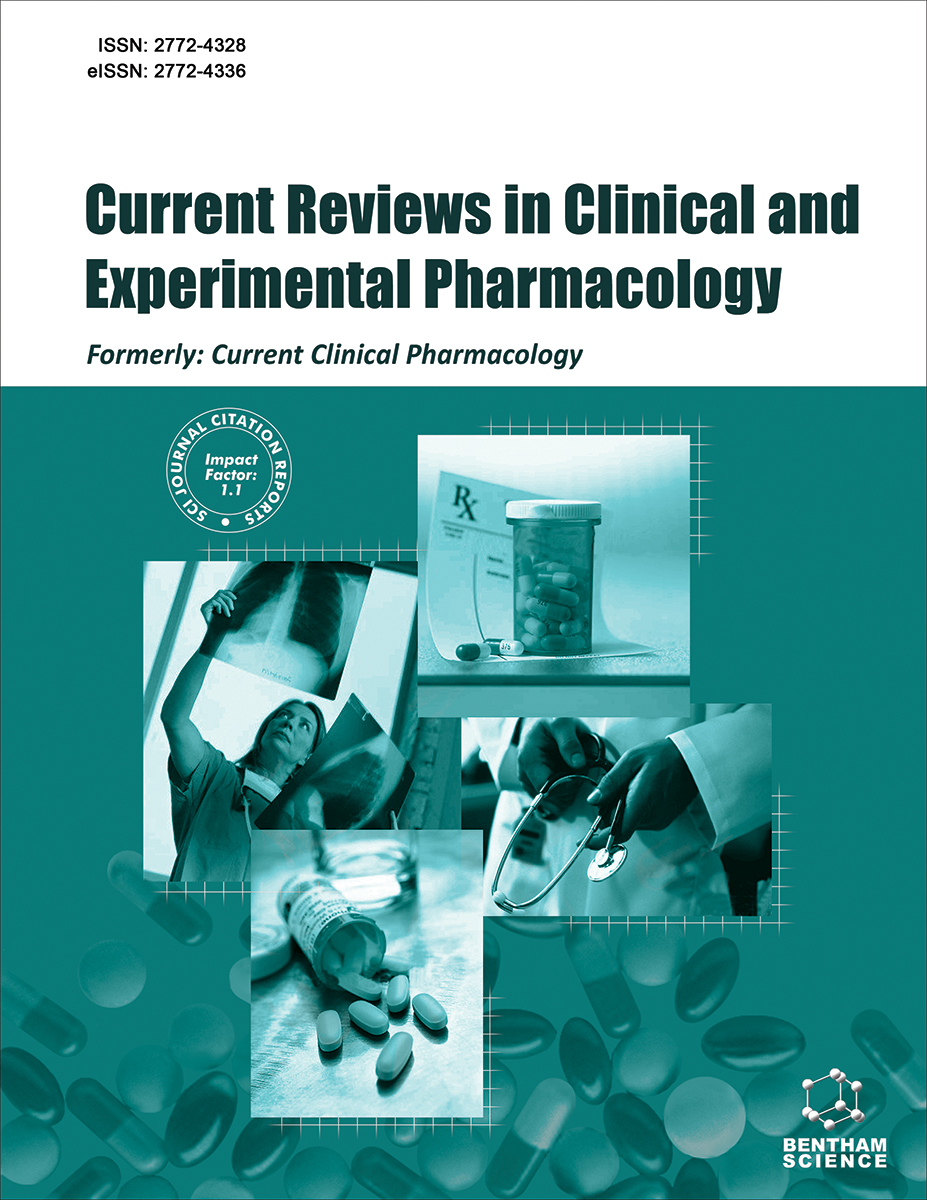
Full text loading...
We use cookies to track usage and preferences.I Understand

Diabetic wounds are a prevalent and impairing consequence of diabetes mellitus that significantly impacts people's lives and global healthcare systems. Because of disturbances in the wound-healing cascade, these intricate, persistent wounds frequently refuse to heal. Focusing on diabetic wound formation, this study seeks to clarify the complex mechanisms and pathophysiology involved while offering a thorough overview of modern multimodal therapy techniques. The etiology of diabetic wounds entails a complex interplay between tissue destruction caused by hyperglycemia, neuropathy, ischemia, and compromised immune response. Extended inflammation, abnormal protease activity, and low oxygen levels in the tissue exacerbate the healing process. Comprehending these pathogenic mechanisms is essential for formulating efficacious therapeutic strategies.
A thorough evaluation of the literature was done. Databases like SciFinder, ScienceDirect, PubMed, Google, Google Scholar, and the Egyptian Knowledge Bank were used to find pertinent publications. More than 200 articles and databases were studied to constitute this paper. The accuracy of the retrieved data was carefully reviewed and cross-checked. The current review aims to define wounds, various methods of classification, and various advancements for wound management as mentioned in scheme 1. Several multidisciplinary strategies, including debridement, unloading, antimicrobial stewardship, and innovative therapeutics, are currently needed to manage diabetic wounds. Debridement—the excision of non-viable tissue—is necessary to create an environment that is conducive to recovery. Biomechanical interventions and offloading help to prevent additional tissue damage caused by repetitive stress. Antimicrobial treatments fight infections, which are a common diabetic wound consequence. Promising supplementary treatments are provided by developments in cellular and tissue-based products, ozone therapy growth factors, bioengineered skin substitutes, and hyperbaric oxygen therapy.
After applying article selection criteria and reviewing the quality of the methodology a total of 200 articles were selected to be included in the review. In this review, intricate interactions between peripheral neuropathy, vascular insufficiency, and hyperglycemia in the pathophysiology of diabetic wounds are explained. The efficacy of multimodal therapies is discussed in detail.
A thorough comprehension of the complex mechanisms that underlie diabetic wounds is essential for efficient therapy. This review emphasizes how important multimodal approaches are to treating the complex pathophysiology of these wounds. Clinicians can greatly enhance the prognosis of patients with diabetic foot ulcers by addressing vascular insufficiency, neuropathy, infection, and poor healing.
Timely wound resolution remains a key difficulty despite the implementation of multimodal methods. To customize therapies, personalized medicine strategies utilizing genetic and proteomic biomarkers must be the main focus of future research. Furthermore, cutting-edge biotechnologies with the potential to transform diabetic wound treatment include optogenetics and nanomedicine.

Article metrics loading...

Full text loading...
References


Data & Media loading...